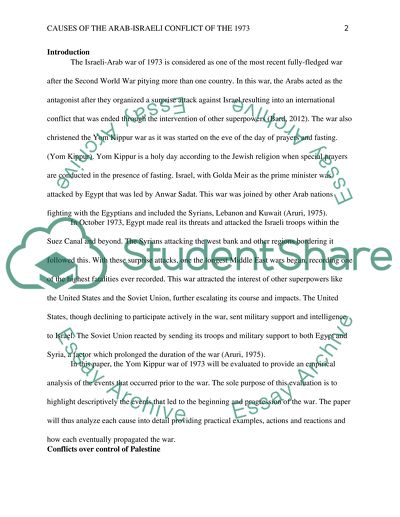Cite this document
(“What Caused the 1973 Arab-Israeli War Essay Example | Topics and Well Written Essays - 3000 words”, n.d.)
Retrieved from https://studentshare.org/history/1488889-what-caused-the
Retrieved from https://studentshare.org/history/1488889-what-caused-the
(What Caused the 1973 Arab-Israeli War Essay Example | Topics and Well Written Essays - 3000 Words)
https://studentshare.org/history/1488889-what-caused-the.
https://studentshare.org/history/1488889-what-caused-the.
“What Caused the 1973 Arab-Israeli War Essay Example | Topics and Well Written Essays - 3000 Words”, n.d. https://studentshare.org/history/1488889-what-caused-the.


